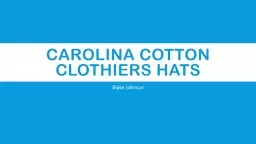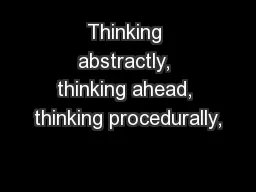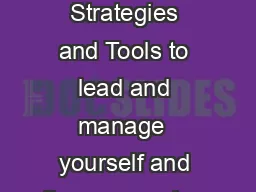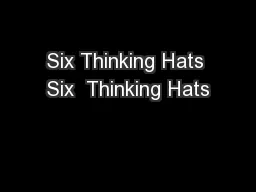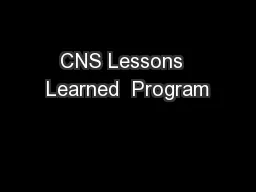PPT-Lessons Learned A Six Thinking Hats Play
Author : mitsue-stanley | Published Date : 2019-12-25
Lessons Learned A Six Thinking Hats Play Six Thinking Hats Six thinking hats is a tool that can help us look at problems from different perspectives one at a time
Presentation Embed Code
Download Presentation
Download Presentation The PPT/PDF document "Lessons Learned A Six Thinking Hats Play" is the property of its rightful owner. Permission is granted to download and print the materials on this website for personal, non-commercial use only, and to display it on your personal computer provided you do not modify the materials and that you retain all copyright notices contained in the materials. By downloading content from our website, you accept the terms of this agreement.
Lessons Learned A Six Thinking Hats Play: Transcript
Download Rules Of Document
"Lessons Learned A Six Thinking Hats Play"The content belongs to its owner. You may download and print it for personal use, without modification, and keep all copyright notices. By downloading, you agree to these terms.
Related Documents



